Healing art of the indigenous people: Discover the secrets of natural medicine!
Discover the fascinating healing methods of the American Indians: traditions, medicinal plants, rituals and their modern applications.

Healing art of the indigenous people: Discover the secrets of natural medicine!
Native American healing methods, often referred to as Native American naturopathy, offer a fascinating insight into the deep connection between humans and nature. Over centuries, various tribes developed extensive knowledge of the healing powers of plants, rituals and spiritual practices that appeal not only to the body, but also to the mind and soul. These traditions, passed down from generation to generation, reflect a holistic view of health that is becoming increasingly important in the modern world. While Western medicine often focuses on symptoms, Native American approaches aim to restore balance to the entire being. This article takes you into the world of these ancient wisdoms, highlights their basic principles and shows how they can still provide inspiration for a harmonious life today.
Introduction to the Indian art of healing
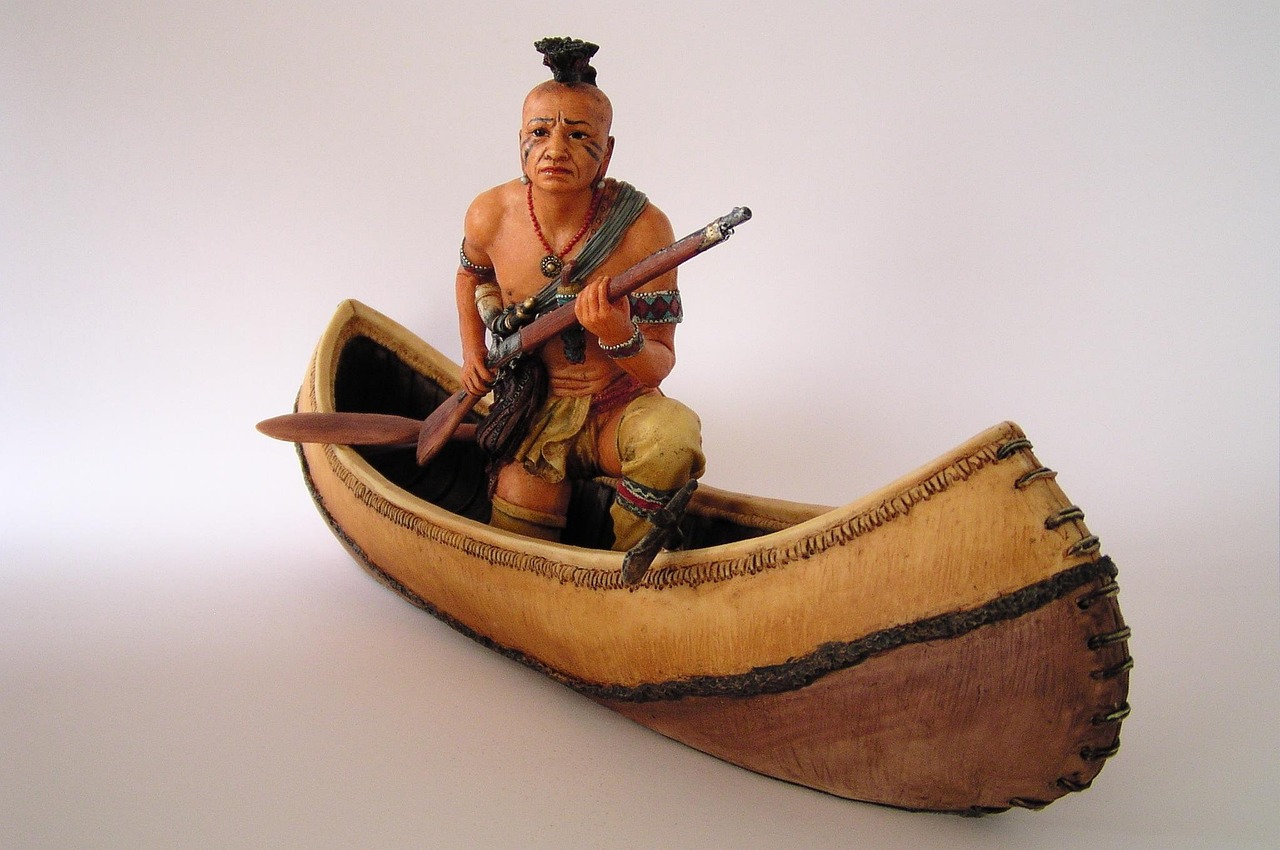
Imagine hiking across the vast plains of North America, surrounded by untouched wilderness where every tree, stone and animal tells a story. For the indigenous people of this land, now known as Native Americans, this landscape was not only home, but also a living pharmacy and spiritual space. Their healing traditions, passed down from generation to generation for over 16,000 years, are rooted in a deep understanding of nature and its rhythms. Archaeological finds such as the skeleton of the “Buhl woman” from Idaho, dated to around 10,675 years, testify to the long history of these cultures, which can be divided into at least 300 different tribes in North America and around 120 cultures in South America wilder-westen.org is described.
The philosophy behind Native American medicine is based on the belief that health is a state of balance between body, mind and spirit. Illness was not seen as an isolated disorder but as a sign that this harmony had been lost. The view of death is particularly remarkable: in many North American cultures, it was not seen as the opposite of life, but as another dimension of the same cycle. Healing therefore meant bringing the affected person back into harmony with the world around them - be it through plants, minerals or spiritual rituals.
Diverse approaches to health care developed among the numerous tribes, which can be divided into four major groups—Northwest Coast, Plains, Woodland, and Southwest. The Northwest Coast Indians, such as the Tlingit or Haida, lived from fishing and hunting, while their cultural expressions such as totem poles often also symbolized spiritual healing powers. Plains Indians like the Sioux and Cheyenne, on the other hand, relied on bison hunting, with every part of the animal—from fur to bone—playing a role in their everyday life and medicine. Woodland Indians, including the Iroquois, combined farming with hunting and used their environment for healing purposes, while the Navajo and Hopi of the Southwest maintained a close connection to the earth through farming and crafts.
In the midst of this cultural diversity, the medicine men stood as central figures. They were not only healers, but also keepers of knowledge, often specializing in specific areas such as bear, snake or wolf medicine. Their ability to understand the language of animals and plants was considered invaluable. With a comprehensive repertoire of over 600 medicinal plants, which are now even recognized by modern medicine, they treated a variety of ailments. Dandelion helped with various ailments, witch hazel stopped bleeding, and willow bark provided the basis for acetylsalicylic acid, which we know today as aspirin. Other plants such as black cohosh for relieving birth pains or bearberry for promoting urine flow show the impressive range of this knowledge, as shown heilpraxisnet.de is explained in detail.
Unfortunately, these practices were often dismissed as superstition by European conquerors, even though they also used their healing methods to survive in the foreign environment. Despite such disregard, Indian medicine has continued to develop and is now recognized in conjunction with scientific approaches. An example of this is Navajo University, which offers degree programs in shamanism and integrates disciplines such as psychology and anthropology. Medicine men are increasingly perceived as part of the established scientific community, which underlines the importance of these traditions for the present.
The wisdom of the Native Americans is reflected not only in the use of medicinal plants such as birch bark to reduce fever or comfrey root to treat wounds, but also in their holistic worldview. Each region and each tribe brought its own nuances to the art of healing, which arose from their respective living conditions and spiritual beliefs. This legacy remains a living source of inspiration that extends far beyond the boundaries of the past.
History of natural medicine among the American Indians
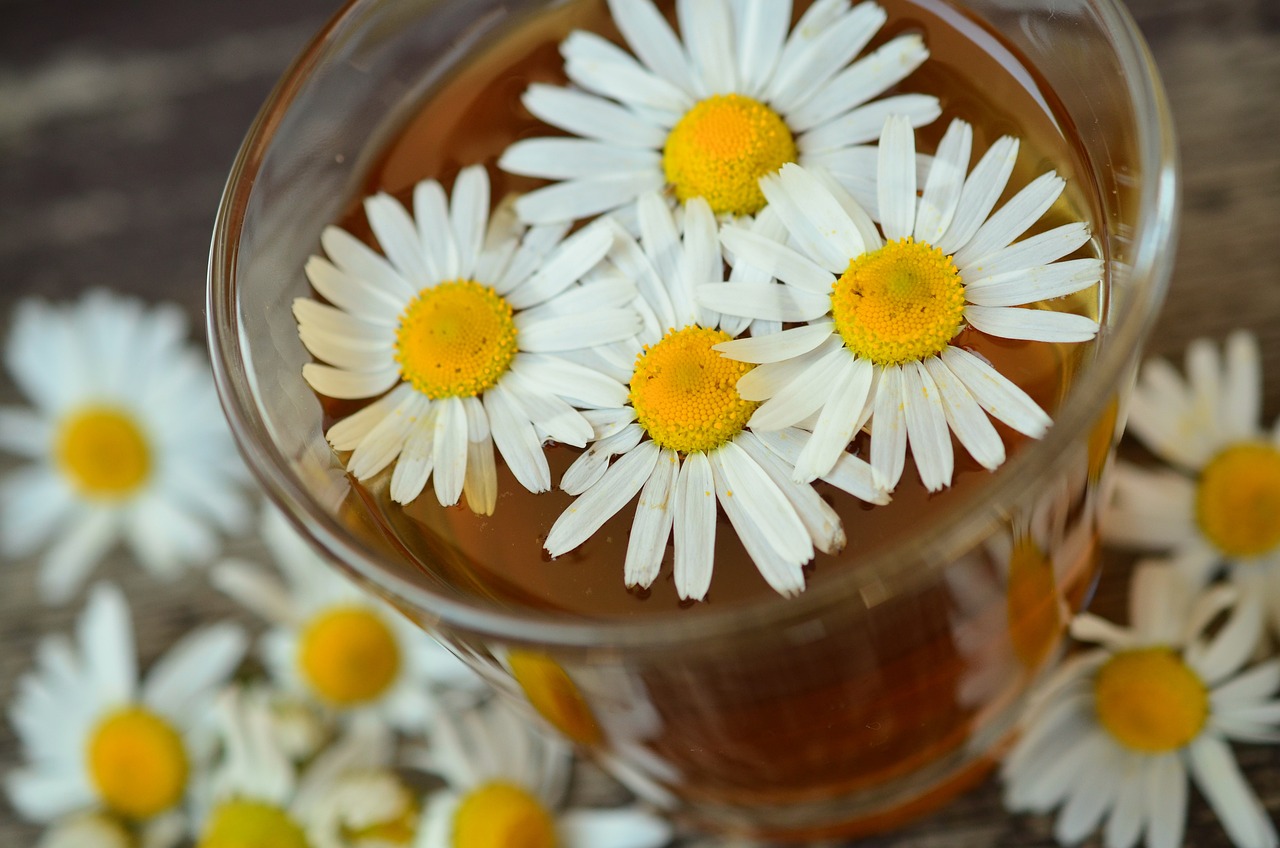
Let's travel back to a time when the vast landscapes of North America were still untouched by European influences, and the indigenous peoples of over 400 different tribes maintained a deeply rooted healthcare system. Their healing art, born of thousands of years of observation and experience, developed over the centuries into a complex system that brought body, mind and environment into harmony. This knowledge, passed down orally from one generation to the next, reflects not only a close connection to nature, but also a remarkable ability to adapt to changing living conditions.
Before the arrival of Europeans, Native Americans viewed illness as an imbalance that could be restored through medicinal plants, rituals, and ceremonies such as burning herbs or the sound of drums. Medicine men, often specializing in specific ailments, used their knowledge of the healing properties of the environment to ensure the well-being of their community. Plants such as coneflower, known as Echinacea angustifolia, were used against coughs and respiratory diseases, while American ginseng boosted vitality and immunity. Such applications, described in detail on hevert.com, show the precision and depth of this ancient knowledge.
However, the arrival of European conquerors in the 16th century brought profound changes. While the indigenous people initially shared their knowledge and offered medicinal plants such as the tree of life (Thuja occidentalis) to relieve fever or joint problems, they were confronted with imported infectious diseases to which they had no immunity. Massive deaths, coupled with resettlement measures and attacks, threatened not only lives, but also the cultural transmission of their healing art. Still, the newcomers adopted much of this knowledge—in the 19th century, over 200 Native American medicinal plants found their way into Euro-American pharmacies, including willow bark as a precursor to aspirin.
Despite oppression and the loss of entire communities, many tribes maintained their traditions, often in secret. The ability to adapt to new challenges was evident in the further development of their methods. During the colonial period and beyond, spiritual practices aimed at harmony and balance became a retreat for many indigenous people. These approaches later even found their way into modern disciplines such as psychotherapy, where elements of shamanism are used to heal emotional wounds.
A turning point came in the 20th century when interest in traditional medicine increased again. Today, scientists worldwide recognize over 600 Native American medicinal plants, from dandelion as a panacea to black cohosh for relieving menstrual cramps, as on heilpraxisnet.de is highlighted. Institutions like Navajo University now offer degree programs in shamanism that integrate psychology and anthropology, and medicine men are gaining increasing recognition in scholarly discourse. This development shows how deeply rooted knowledge can merge with modern approaches to open up new paths to healing.
The journey of Native American healing through the centuries is characterized by resilience and change. From the original ceremonies that sought balance between man and nature to their integration into contemporary medicine, indigenous methods have continued to evolve without losing their essence. What remains particularly fascinating is how plants like the Californian golden poppy, once used to combat nervousness, are still used in alternative therapies today, and how this heritage continues to enrich international herbal medicine.
The Role of Nature in Native American Medicine

A gentle whisper of the wind, the rustling of leaves and the distant call of an eagle - for the natives of North America these were not just sounds of the wilderness, but messages from nature that played a central role in their healing art. Every element of the environment, be it a plant, an animal or the forces of earth, water, fire and air, carried a special meaning and healing energy. This deep connection to the world around them formed a system of medicine that went far beyond purely physical healing to include the mind and soul.
In Native American medicine, plants were considered living beings whose gifts were accepted with respect and gratitude. Their use, often in the form of teas, poultices or incenses, was based on millennia-old knowledge now known as herbal medicine or phytotherapy. This practice, which is considered one of the oldest medical therapies in the world, uses the diverse active ingredients of medicinal plants to relieve symptoms. How on Wikipedia described, the use ranges from infusions and extracts to essential oils, with the Native Americans using plants such as willow bark for pain or echinacea to strengthen the immune system. Each plant had its own spirit and purpose, which was often invoked in ceremonies to aid healing.
In addition to flora, animals also played an indispensable role in spiritual and practical healing. Many tribes believed that certain animals - such as the bear, the wolf or the eagle - had supernatural powers and acted as guides or protectors. Medicine men who specialized in specific animal spirits used these compounds to diagnose illnesses or perform healing rituals. Parts of animals, such as bones or hides, were sometimes used in medicine, such as to make tools or as talismans intended to provide protection and strength. This practice reflected the belief that animals were not only a source of food but also teachers and allies.
The elements of nature – earth, water, fire and air – also formed a foundation of Native American healing practices. Earth represented stability and nourishment, often in the form of healing clays or minerals that were used for skin problems or internal complaints. Water, as a source of life, was used in purification rituals, be it through baths or drinking spring water, which was endowed with healing properties. Fire played a role in sweat lodge ceremonies, where heat and smoke contributed to detoxification and spiritual renewal. Finally, air, often symbolized by the wind or breath, was understood as a carrier of life energy and was included in breathing exercises or incense rituals to restore balance.
The close connection between plants, animals and elements shows how comprehensively the Native Americans integrated their environment into the healing art. Every component of nature contributed to the restoration of harmony, be it through the calming effects of a tea made from valerian, also valued in modern phytotherapy, or through the symbolic power of an animal spirit that appeared in dreams or visions. This holistic view, which is also echoed in the traditional medicine of many cultures, emphasized the interaction between people and the world as reflected in phytodoc.de is described in the context of phytotherapy.
The importance of these natural elements went far beyond their physical uses. Rituals and ceremonies, which often included drumming, chanting, and the burning of herbs such as sage, connected the sick person to the forces of nature and invited healing energies. Such an approach illustrates that for indigenous people, healing was not just a matter of treating symptoms, but a process that encompassed the entire existence and strengthened the connection to all living things.
Medicinal plants and their uses
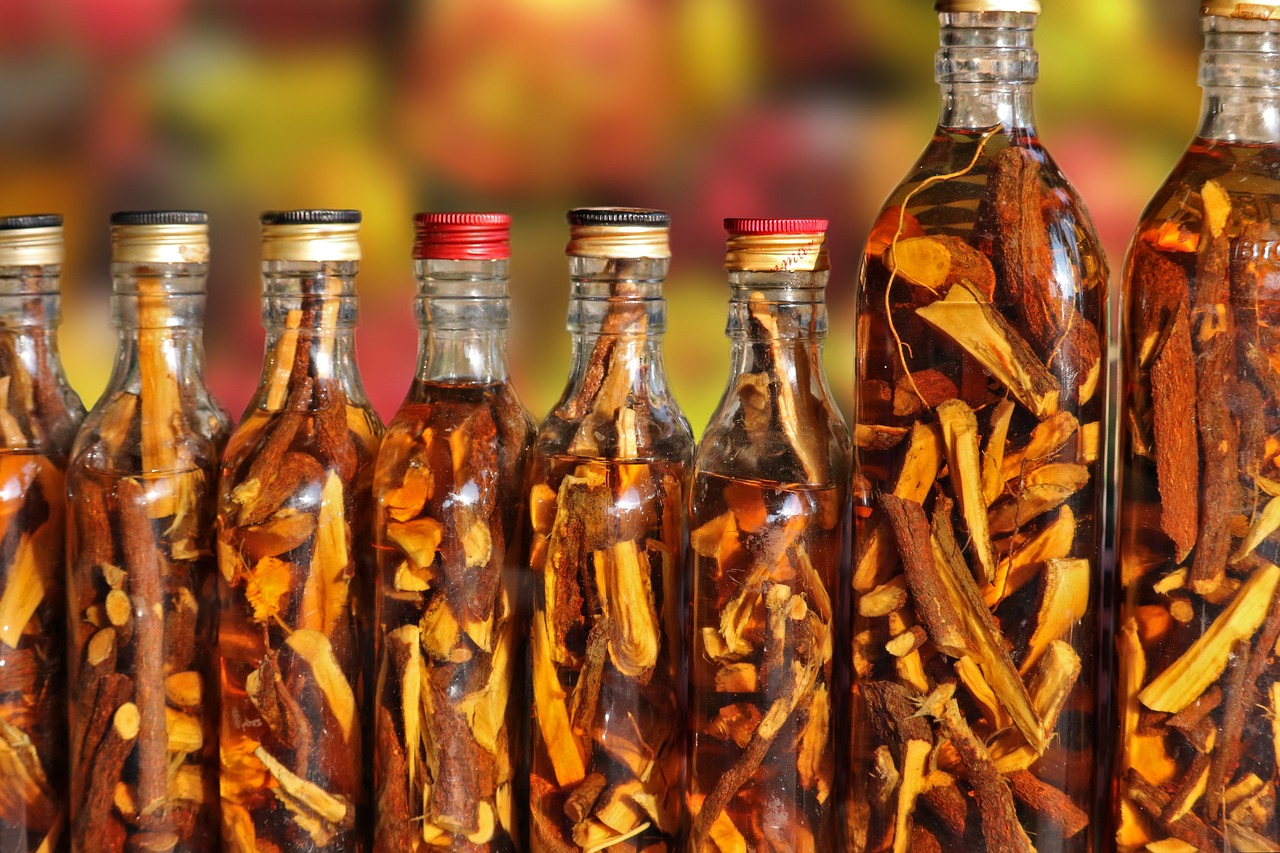
Close your eyes for a moment and imagine a vast prairie where the scent of wild sage hangs in the air and the earth beneath your feet whispers of ancient knowledge. For the indigenous people of North America, nature was an inexhaustible source of healing, and their plant world offered a rich arsenal of remedies for almost every ailment. This knowledge of the healing properties of herbs and roots, passed down over generations, forms the heart of Indian medicine, whose diversity and precision are still impressive today.
Among the numerous plants that played a role in the healing art of the Native Americans, willow bark stands out. Their pain-relieving and antipyretic properties, which are due to the active ingredient acetylsalicylic acid - the basis of modern aspirin - made them an indispensable remedy for inflammation and malaise. Equally valued was the coneflower, known as Echinacea, whose roots and flowers strengthen the immune system and help against colds and respiratory diseases. This plant is still highly regarded in alternative medicine today for its ability to support the immune system.
Another important plant was black cohosh, which was particularly used for women's ailments. It helped ease childbirth pain and ease menstrual cramps and was often given as a tea or extract. Their effect, which can be attributed to hormone-like ingredients, shows how deep the indigenous people's understanding of the biochemical properties of their environment was. No less impressive is the bearberry, whose leaves could promote urine flow and even accelerate labor, making it a valuable remedy for urinary tract infections and in obstetrics.
Witch hazel, a shrub with astringent properties, was used to stop minor bleeding and soothe skin irritations. Their bark and leaves, often made into ointments or poultices, offered quick relief from wounds or inflammation. Dandelion was just as versatile and was considered a panacea. Its roots and leaves supported digestion, promoted liver function and helped with a variety of ailments, underscoring its importance in everyday medicine, such as heilpraxisnet.de is described in detail.
The indigenous people often resorted to comfrey to treat wounds and broken bones. This plant, whose roots have a regenerating effect, was made into poultices to accelerate healing processes for sprains or fractures. Their use shows how the Native Americans specifically selected plants for specific injuries. Another fascinating example is the California golden poppy, which was used as a natural narcotic and sleep aid. Its calming alkaloids helped with nervousness and sleep disorders, making it an important remedy during stressful times.
Yam root, on the other hand, found a very special use: it was used as a natural contraceptive because it contains progesterone-like substances that can influence the hormonal balance. This application highlights the remarkable indigenous knowledge of reproductive health. Birch bark, often brewed as a tea, also had an antipyretic and pain-relieving effect and was used for colds or rheumatic complaints, which underlines its versatility in the healing arts.
The plants mentioned are only a small excerpt from the extensive repertoire of Indian medicine, which includes over 600 medicinal plants that are now scientifically recognized. Their preparation - be it as an infusion, ointment or powder - was always carried out with the greatest care and often accompanied by rituals intended to enhance the healing effect. These practices, which have also left their mark on modern phytotherapy, as on Wikipedia can be read, testify to a deep respect for nature and its gifts, which continues to have an impact today.
Rituals and ceremonies in the healing arts

Hear the distant beating of a drum vibrating in tune with the earth's heartbeat and feel the warmth of a sacred fire dispelling the shadows of the night. For Native Americans, healing was not just a matter of the body, but a deeply spiritual act that touched the soul and united the community. In their worldview, illness and imbalance were often signs of a broken connection to the spiritual forces of nature or the ancestors, and restoring this harmony was at the heart of their practices.
Spiritual rituals formed the backbone of Native American healing and were closely linked to the well-being of the entire community. Ceremonies such as the sweat lodge, in which heat and prayer helped purify the body and mind, were often performed together to strengthen not only the sick person but also those around them. Such ceremonial acts, which took place according to established rites, had a deep symbolic character and connected the participants with something larger, like on Wikipedia is described in the context of ceremonies. A bridge was built between the physical and supernatural worlds through songs, dances and the burning of herbs such as sage.
Medicine men and women acted as intermediaries between these worlds by seeking visions or communicating with animal spirits and ancestors to determine the cause of an illness. Her role went far beyond that of a healer; they were guardians of the spiritual balance of the tribe. Rituals, often based on myths and traditional stories, helped to alleviate fears and provide hope. This connection of language and symbolism in ceremonies shows parallels to the theories about rituals such as: Britannica where rituals are understood as an expression of a symbolic system that is deeply rooted in human experience.
The importance of this spiritual dimension lay not only in individual healing, but also in strengthening cohesion within the community. Illness was often viewed as a collective affair that affected everyone's balance. A healing ritual, be it a sun dance among the Plains Indians or a cleansing ceremony among the Navajo, drew families and friends who expressed support and solidarity through their participation. Such practices created a web of trust and mutual care that promoted the emotional and spiritual health of the entire tribe.
In addition, many ceremonies served to renew the connection to nature and cosmic forces. Native peoples believed that all life was interconnected, and that disharmony in one area—whether through environmental degradation or conflict—could cause disease in another. Rituals such as invoking the four directions or making offerings to the earth were expressions of gratitude and respect that were intended to restore balance between people and the world. These actions were not only healing for the individual, but also a commitment to responsibility towards the community and the environment.
Another aspect of spiritual healing was the integration of dreams and visions into the process. Many tribes believed that dreams contained messages from spiritual guides or ancestors that gave clues to the cause of an illness or the path to recovery. Medicine men interpreted these visions and derived specific rituals or treatments, which were often shared with the entire community to ensure collective support. This practice highlights how deeply the spiritual dimension was embedded in daily life and the art of healing.
The power of such spiritual practices lies in their ability to reach not only the body but also the heart and mind. They offered comfort in times of uncertainty and reminded people that they are part of a larger whole. This view, which understands humans as ritual beings who interact with the world through symbols and ceremonies, remains a valuable perspective that also provides inspiration in the modern world.
The meaning of shamanism

Immerse yourself in the mystical world of the Native Americans, where the veil between the visible and invisible worlds is pierced by those who act as bridge builders between man and spirit. In Native American communities, often referred to as medicine men or women, shamans embody a central role as healers and spiritual guides. Their ability to communicate with the spirit world in altered states of consciousness made them indispensable guardians of their tribe's well-being, whose influence extended far beyond physical healing.
Shamans were called to their role through intensive training or through extraordinary spiritual experiences - sometimes in the form of visions or near-death experiences. They learned not only the art of herbal medicine, but also techniques such as drumming, chanting, and sometimes the use of psychoactive substances to achieve trance states. In these states they could go on vision quests to find answers to illnesses or conflicts, as stated in the comprehensive description of shamanism Wikipedia is displayed. Their ability to interact with animal spirits, ancestors, or other supernatural entities allowed them to identify the cause of disharmony and channel healing energies into the physical world.
The healing work of a shaman was deeply rooted in the community and was often a collective endeavor. They not only treated individual ailments, but also cared for the spiritual balance of the entire tribe. If someone became ill, this was often interpreted as a sign of a disruption in the relationship with nature or with the ancestors. The shaman then performed rituals to drive away malevolent spirits or retrieve lost soul parts - a practice known as soul retrieval. These actions not only strengthened the sick person, but reminded the community of their shared connection to the divine and the world around them.
In addition to healing, shamans also took on other important tasks, such as conducting ceremonies, telling fortunes and preserving traditions. They acted as psychopomps, i.e. guides of souls who accompanied the transition between life and death, and helped the deceased find their way into the afterlife. Their role as mediators between worlds made them indispensable advisors in times of crisis, be it natural disasters, conflicts or collective uncertainties. This versatility reflects the complex nature of shamanism, as well as on Wikipedia is described in the context of traditional ethnic religions.
Shamans' methods were as diverse as the tribes themselves. While some specialized in specific animal spirits - such as bear or wolf medicine men - others focused on specific diseases or spiritual practices. Their tools, often drums, rattles or sacred objects, were used to transcend the boundaries of the physical world and delve into the spiritual plane. These practices, which find parallels in many indigenous cultures around the world, show how deeply rooted the belief in the existence and influence of spirits in people's lives was.
Although shamanism was pushed back in many regions by colonialism and modernization, it is experiencing a revival today. Institutions like Navajo University offer degree programs that combine traditional practices with modern disciplines like psychology, underscoring the continued relevance of these ancient wisdoms. Shamans are increasingly recognized as valuable members of an expanded understanding of health that equally takes body, mind and spirit into account.
The role of the shaman remains a fascinating example of the connection between healing and spirituality. Their ability to operate in altered states of consciousness while keeping the community's best interests in mind offers a perspective that resonates in today's world. Her practices, deeply interwoven with the culture and needs of her people, remind us that healing is often more than treating symptoms – it is a path to restoring harmony on all levels of being.
Traditional healing methods and techniques
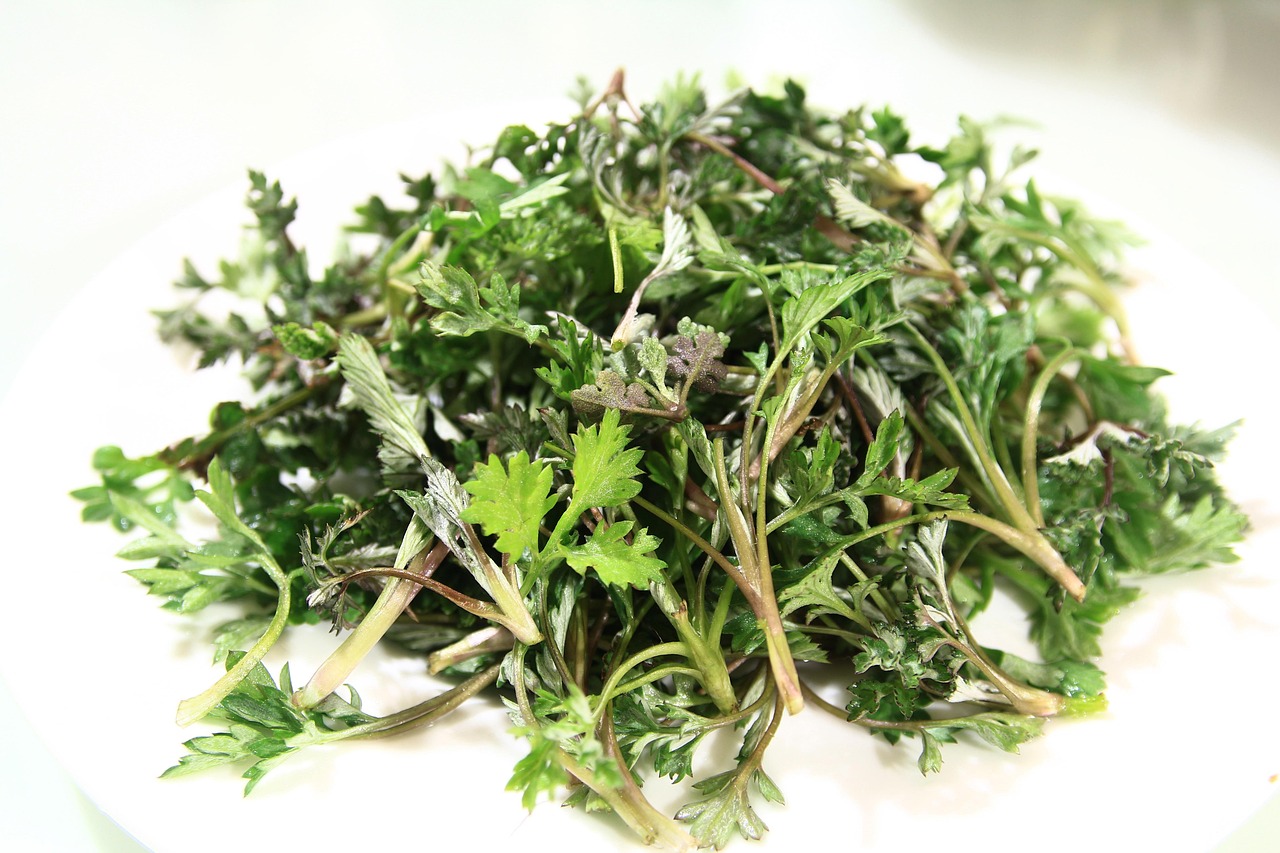
Let the gentle touch of a healer's hands guide you as the rhythmic breath of the earth flows through your body - an experience deeply rooted in Native American healing practices. In addition to the use of plants and spiritual rituals, Native Americans also used physical techniques such as massages, breathing exercises, and other methods to promote balance between the body and mind. These practices, often less well known than their herbal or ceremonial approaches, were nevertheless essential to the holistic health care of their communities.
Massages played an important role in many tribes to relieve tension, promote blood circulation and relieve pain. These techniques, often combined with healing oils or ointments made from plants such as bearberry or witch hazel, aimed to treat not only physical ailments but also clear energetic blockages. Similar to traditional Chinese medicine's Tuina massage, which aims to balance life energy, the indigenous people believed that touch could establish a connection to life force, as on healthy-and-erholt.de is described in the context of traditional healing systems. The gentle, targeted movements were often performed by healers or medicine men who had a deep understanding of the body's anatomy and spiritual needs.
Breathing techniques were another important part of Native American healing, often linked to spiritual practices. Through conscious, rhythmic breathing, the indigenous people sought a connection to the air as a carrier of life energy in order to reduce stress and clear the mind. These exercises, which have parallels to pranayama in yoga or qigong in traditional Chinese medicine, were sometimes used during ceremonies or before vision quests to prepare the body for spiritual experiences. They helped to restore inner balance and activate the self-healing powers, a principle that is also emphasized in modern regulatory medicine gesundheitsjournal.de is explained.
Sweat lodge ceremonies, a common practice among many tribes, combined elements of thermotherapy with spiritual cleansing. In a small, sealed hut, water was poured over hot stones to produce steam that caused the body to sweat. This method, similar to hydrotherapy, promoted detoxification, relaxed muscles, and was often used as a means of physical and mental renewal. The intense heat, coupled with prayers and chants, created a space in which participants released not only physical ailments but also emotional burdens. This practice exemplifies the indigenous holistic view of health, in which the body and mind are inextricably linked.
Movement therapies, although less documented, were also part of Native American healing traditions. Dances, often performed in ceremonies such as the Sun Dance or Thanksgiving festivals, served not only spiritual purposes but also physical strengthening. These rhythmic movements, which promoted endurance and coordination, had a similar effect to modern exercise therapies that use targeted exercises to support health. They helped to feel the connection to the earth while improving physical fitness, an approach that is also valued in classical naturopathy.
Another element was the use of heat and cold treatments similar to thermotherapy. Warm compresses or the application of heated stones were used to relax muscles and relieve pain, while cold baths or immersion in cold rivers were used to strengthen the body and promote blood circulation. These methods, often performed using natural materials from the surrounding area, demonstrate how indigenous peoples were connected to their environment and how they used its resources to promote healing.
These physical practices, be it through touch, breath or movement, were always characterized by a deep respect for nature and a belief in the body's self-healing powers. They were often used in combination with spiritual elements to achieve a comprehensive effect. The diversity of these approaches reflects the wisdom of Native Americans who recognized that true health can only be achieved through the harmony of body, mind and environment.
The connection between body, mind and soul
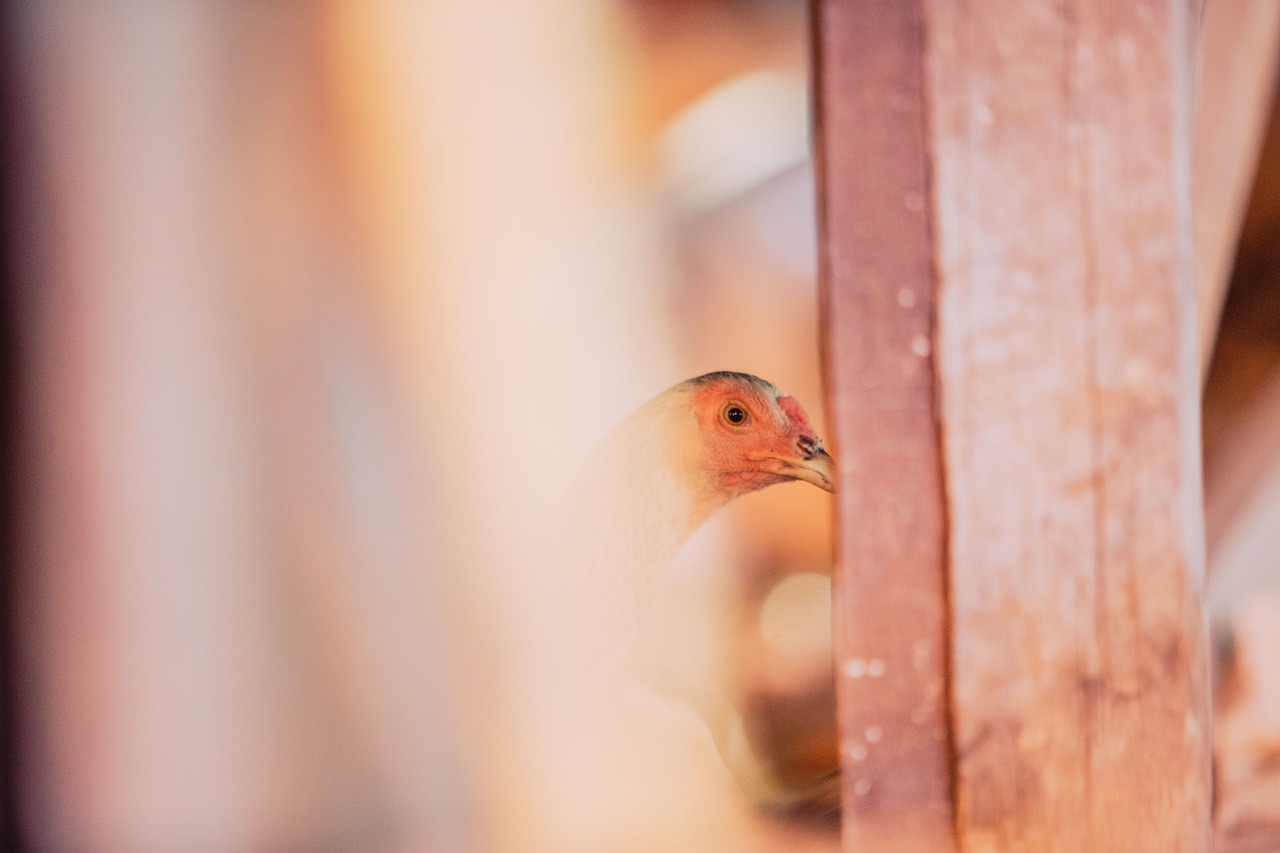
Consider the human being as a structure of interlocking circles where physical shell, inner thought and invisible essence remain in a constant dance of balance. For the Native Americans, this view of human existence was at the core of their healing art. Their methods were not aimed at simply combating symptoms, but at restoring the balance between body, mind and soul - an approach that focused on the holistic nature of life and understood illness as an expression of disharmony in this structure.
The physical level was treated through the use of medicinal plants, massages and techniques such as sweat lodge ceremonies that cleansed and strengthened the body. Plants such as willow bark or coneflower relieved pain and supported the immune system, while physical practices promoted blood circulation and relieved tension. But these measures were only part of the bigger picture. Native Americans recognized that physical ailments often had deeper causes that went beyond the material and that true recovery could only be achieved by considering all aspects of being.
On the spiritual level, they sought clarity and inner peace through breathing techniques, meditation and vision quests. The mind, often understood as an intermediary between the physical and the spiritual, was strengthened through these practices to cope with emotional stress or conflict. This view finds parallels in the philosophical consideration of the mind as a source of thought and will, as on soul-understanding.de is described. For many tribes, it was essential to calm the mind, as restlessness or fear was considered a trigger for physical suffering that affected overall well-being.
The spiritual dimension, often considered the innermost core of human being, played an equally central role. Rituals, ceremonies and the work of shamans aimed to restore connections to ancestors, animal spirits and nature. Illness was often interpreted as a sign of a disturbed relationship with these forces, and healing meant renewing this bond through prayer, chant, or soul retrieval. This emphasis on the spiritual reflects the view that the spirit is in connection with a higher power, as in biblical contexts biblewords.net is explained, even if the cultural expressions of the indigenous people were unique.
Another aspect of this holistic approach was the involvement of the community in the healing process. Illness affected not only the individual, but the collective structure, and so ceremonies such as the Sun Dance or sweat lodge rituals were often performed together. These communal acts strengthened a sense of belonging and provided emotional support, which was as important to recovery as herbal remedies or physical techniques. Indigenous people understood that social bonds and a sense of belonging had a profound impact on health.
The connection to nature also permeated all levels of her healing art. Earth, water, fire and air were used not only as physical elements, but also as spiritual forces that nourish life. Healing practices such as placing hot stones or bathing in cold rivers were just as much an expression of this connection as invoking the four cardinal directions during a ritual. This view emphasized that humans do not exist in isolation, but are part of a larger cosmic network, the harmony of which is crucial to individual well-being.
The Native American methods provide a deep insight into a worldview that recognizes no separation between the different facets of life. Each treatment, whether through a healing touch, a prayer or a plant, was designed to promote balance on all levels. This approach, which understands humans as a unity of visible and invisible forces, remains a valuable perspective that also resonates in modern naturopathy and encourages reflection on our own view of health.
Healing through nutrition
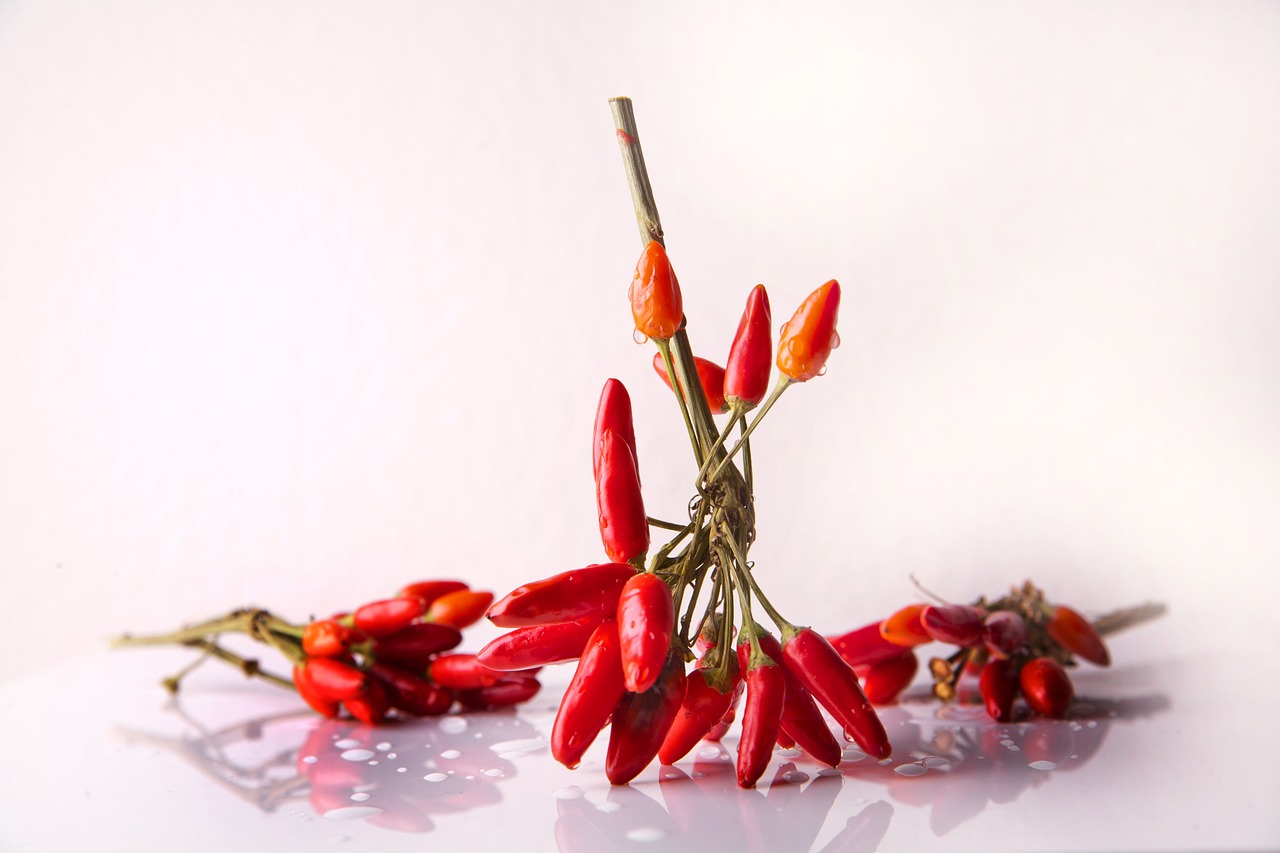
Imagine a community gathered around a crackling fire as the scent of roasted corn and stewed berries fills the air - a common sight in Native American villages where food not only satisfied hunger but also served as medicine. For Native Americans, diet was deeply intertwined with their health and spiritual well-being. They wisely used the earth's gifts to nourish the body and soul and were quick to recognize the healing powers contained in their traditional foods.
One of the central foods of many tribes was corn, often revered as “Mother Corn,” especially among the Iroquois and other Woodland Indians. This staple food not only provided energy through carbohydrates, but was also valued for its restorative properties. Prepared in the form of porridge or flatbread, corn aided digestion and provided a sustainable source of energy for long hunts or ceremonies. Its importance went beyond nutrition, as it was often used in rituals to express gratitude to the earth.
Beans, another mainstay of Native American cuisine, were often grown alongside corn and squash—a combination known as the “Three Sisters.” These plants complemented each other not only in cultivation, but also nutritionally, as beans are rich in protein and fiber. They promoted intestinal health and helped stabilize blood sugar levels, which was particularly beneficial for strenuous lifestyles. The variety of bean varieties, from black to kidney beans, also offered a wide range of nutrients such as iron and magnesium, which supported overall vitality.
Pumpkin, the third of the “Three Sisters,” brought an abundance of vitamins and minerals to the diet. Rich in vitamin A and antioxidants, it strengthened the immune system and supported skin health - an important aspect in an environment that often brought harsh weather conditions. Steamed or roasted, pumpkin was also used for stomach ailments, as its gentle texture and fiber soothed digestion. These foods demonstrate how deep the indigenous people's understanding of the healing power of food was, a principle that is also emphasized in modern nutritional medicine ndr.de is highlighted.
Wild berries such as blueberries, raspberries, and cranberries were also essential in the Native American diet, particularly among tribes of the Northwest Coast and Woodland regions. These small fruits, often eaten fresh or dried, were powerhouses of antioxidants and vitamin C. They were used to prevent colds and strengthen the immune system, and were considered an anti-inflammatory agent. Dried berries were also mixed into pemmican, a durable mixture of dried meat and fat that served as energy-rich food on long journeys.
Meat, particularly from bison among the Plains Indians, played an important role as a source of protein and provided essential nutrients such as iron and B vitamins. Bison meat, often smoked or dried, aided muscle regeneration and increased physical endurance - crucial for a life characterized by hunting and physical labor. But native peoples used every part of the animal, from organs to bones, to make broths that were considered nutrient-rich remedies for weakness or illness. This sustainable use reflects a deep understanding of the balance between people and nature.
Fish, particularly among Northwest Coast tribes such as the Chinook or Tlingit, was another important food source, rich in omega-3 fatty acids. Salmon, often smoked or grilled, promoted heart health and supported brain function, which was important in a culture that relied on mental clarity for rituals and decisions. Fish was also used as a strengthening agent for exhaustion because it was easy to digest and supplied the body with essential fats.
The healing properties of these traditional foods have been enhanced by the way they are prepared and the respect for their origins. Meals were often communal events expressing gratitude to the earth and spirits, which promoted emotional and spiritual health. This close connection between nutrition and well-being, which is also emphasized in modern research on nutritional medicine, as on prof-michalsen.de described shows how far-sighted the indigenous people's approaches were. Their diet was not just sustenance, but an integral part of their healing art that continues to provide inspiration today.
Critical consideration of modern application

Bring the wisdom of past centuries into the present, where ancient healing practices of Native Americans open up new avenues in modern natural medicine. Once dismissed as superstition, Native American traditions are now experiencing a renaissance as their deep-rooted connection to nature and holistic approaches gain increasing recognition. From medicinal plants to spiritual practices, these ancient methods offer valuable inspiration for medicine that takes body, mind and soul into account in equal measure.
A central contribution of Native American medicine to today's naturopathy lies in the use of plant medicine. Over 600 medicinal plants that were used by Native Americans are now scientifically recognized, including willow bark, which serves as the basis for aspirin, and echinacea, which strengthens the immune system. These plants, whose effects have often been observed and refined over generations, can now be found in pharmacies and alternative therapies worldwide. How on heilpraxisnet.de described, over 200 Native American remedies were used in Euro-American pharmacies as early as the 19th century, and their importance continues to grow as modern studies confirm their medicinal value.
In addition to phytotherapy, the spiritual and holistic approaches of the indigenous people also inspire contemporary naturopathy. The idea that health requires a balance between physical, emotional and spiritual levels is reflected in modern forms of therapy such as integrative medicine. Practices such as meditation, breathing techniques and stress management rituals rooted in Native American ceremonies are now used in psychotherapy and wellness. These methods help to release emotional blockages and promote well-being, showing how timeless Native American wisdom is.
Another example of integration is the revival of shamanistic practices in modern medicine. Institutions such as Navajo University offer degree programs in shamanism that combine traditional knowledge with disciplines such as psychology and anthropology. Shamans, once active as spiritual leaders and healers in their communities, are increasingly perceived as part of an expanded health discourse. Her ability to mediate between the natural and supernatural worlds is now finding favor in alternative therapeutic approaches that rely on energy work and spiritual healing, such as our-natur.net is highlighted.
The dietary habits of the indigenous people, based on natural, unprocessed foods such as corn, beans and wild berries, also influence today's natural medicine. These “Three Sisters” and other traditional foods rich in nutrients and antioxidants are viewed in modern nutritional medicine as models for a healthy, sustainable diet. The emphasis on local and seasonal produce and the spiritual appreciation of food as medicine inspire nutritional therapies aimed at prevention and healing, reflecting Native Americans' deep understanding of the connection between nutrition and health.
Physical practices such as sweat lodge ceremonies or massages also find their way into modern naturopathy. Sweat baths, which are similar to hydrotherapy, are now used in wellness centers and alternative clinics for detoxification and relaxation. Massages, which the indigenous people often combined with healing ointments, are an integral part of physiotherapy and alternative pain treatment. These techniques, based on restoring energy flow and physical well-being, demonstrate how viable and relevant Indigenous approaches remain in a modern context.
However, integrating Native American healing methods into today's natural medicine is not without challenges. Cultural appropriation and the simplification of complex traditions are risks that require careful reflection and respect. Many Native American communities are working to protect their knowledge while sharing it with the modern world to avoid misunderstandings. These efforts, often supported by educational programs and cross-cultural exchanges, help preserve the essence of their healing art while inspiring new generations.
Experience reports and case studies
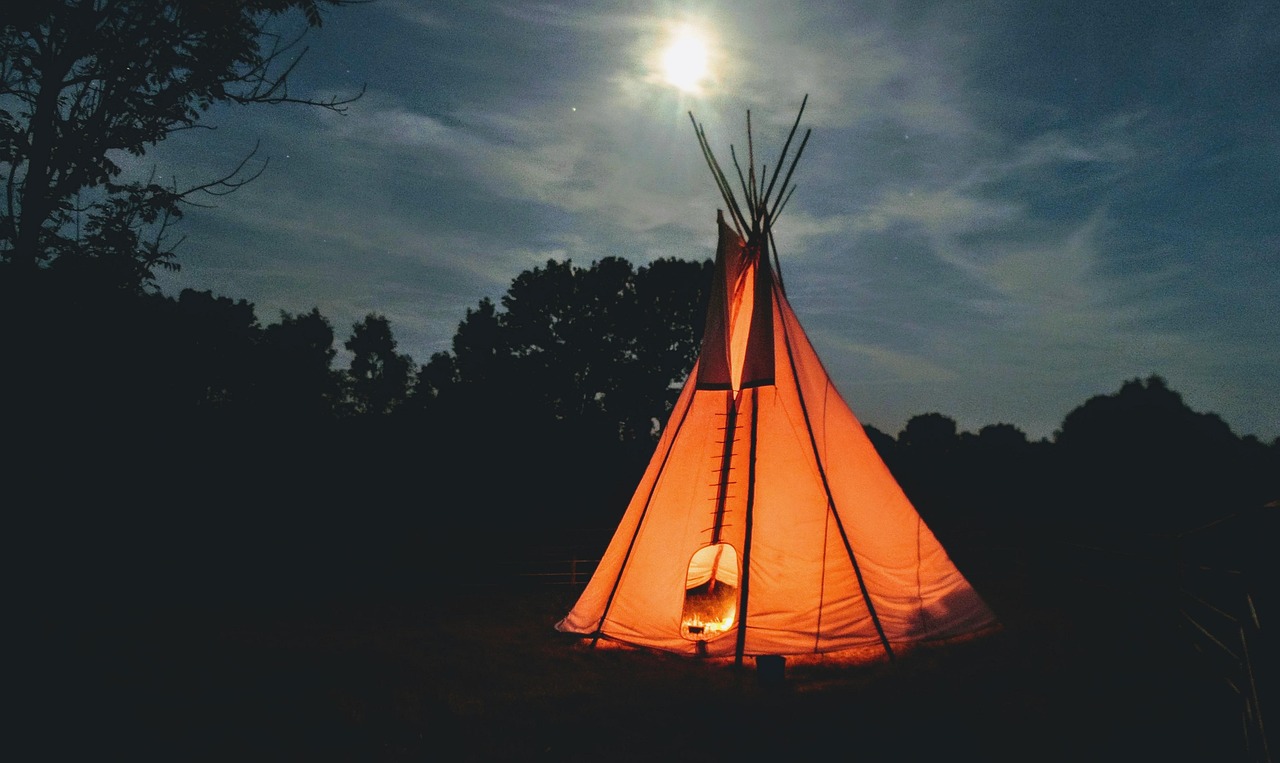
Imagine traveling to the vast plains and dense forests of North America, where stories of healing and restoration have been passed down through the hands and knowledge of indigenous peoples. Native American healing practices, deeply rooted in nature and a holistic understanding of human existence, have demonstrated impressive success over the centuries. These stories of recovery, often passed down orally or recorded in historical accounts, testify to the power of these methods, which continue to provide inspiration today.
A notable tradition comes from the Plains Indians, particularly the Sioux, who used willow bark as a remedy for pain and fever. Historical accounts describe warriors suffering from severe headaches and muscle soreness after strenuous battles or long hunts. A tea made from the inner bark of the willow tree, rich in salicin – the precursor to aspirin – often brought noticeable relief within a few hours. This practice, based on thousands of years of knowledge, not only helped with physical recovery, but also enabled those affected to quickly return to community tasks.
In the woodland regions, among tribes such as the Iroquois, Echinacea, also known as coneflower, was widely used to strengthen the immune system. Tradition tells of a harsh winter in which a wave of flu swept through a village and weakened many. The healers prepared an infusion from the roots and flowers of the plant, which was given to the sick. Within a few days, the condition of many improved and the community was able to survive the cold season together. This application shows how deep the indigenous people's understanding of the supporting power of nature was, a knowledge that is confirmed today in naturopathy healversity.com described in the context of phytotherapy.
Another striking example is the use of sweat lodge ceremonies to treat physical and mental ailments, particularly among the Navajo and other tribes of the Southwest. Historical stories tell of a young man who suffered from severe back pain and inner restlessness after an accident. In a sweat lodge, under the direction of an experienced healer, he was cleansed using heat, steam and accompanying prayers. After several sessions, he reported not only a reduction in pain, but also a feeling of emotional renewal that helped him to actively participate in community life again. This method, which uses elements of hydrotherapy, demonstrates the connection between physical and spiritual healing.
Among Northwest Coast tribes such as the Chinook, the use of medicinal plants such as bearberry for urinary tract infections was widespread. One recorded story tells of an elderly woman who suffered from recurring ailments that made her daily tasks difficult. A healer prepared a tea from the leaves of bearberry, which promoted urine flow and had an anti-inflammatory effect. After a few days of regular use, the symptoms disappeared and the woman was able to go about her everyday life again without pain. Such successes illustrate the precision with which indigenous people selected plants for specific ailments.
Another example from the Plains Indians involves treating wounds with comfrey. Reports describe a hunter who sustained a deep cut to his leg while hunting bison. The wound was treated with a paste made from comfrey roots, which were known for their regenerating properties. Within a few weeks, the injury healed without infection and the hunter was able to go hunting again. This application shows how effective natural remedies were in a time without modern antibiotics and highlights the importance of Native American empirical medicine.
In addition to physical ailments, emotional and spiritual ailments were also treated through Indian practices. A story from the Southwest, among the Hopi, describes a young woman who suffered from deep sadness after the loss of a family member. A shaman performed a soul retrieval ceremony, accompanied by chanting and the burning of sage, to restore the lost connection. After the ritual, the woman reported a feeling of relief and was slowly able to regain hope. Such practices illustrate how deeply rooted the belief in healing through spiritual harmony was in the culture.
Future of Indian healing arts

Let's navigate the complex landscape of today, where the ancient healing practices of Native Americans meet the dynamics of the modern world. These traditions, which have harmonized body, mind and soul for centuries, today face a multitude of challenges, but at the same time offer remarkable opportunities. Integrating these wisdoms into contemporary healthcare systems requires sensitivity, respect and a deep understanding of cultural nuances to fully realize their potential.
One of the biggest hurdles is the loss of traditional knowledge, which has been accelerated by colonization, forced assimilation and the influence of Western medicine. Many healing practices and the associated knowledge of plants and rituals have been lost because few shamans and healers remain who can pass on these traditions. Historical bans by governments and Christian missionaries have also led to the suppression of rituals such as the peyote ceremony and sweat lodges, weakening the cultural identity of many communities, such as paracelsus.de is described in detail. This loss makes the revival and authentic application of these methods difficult today.
Added to this is the danger of cultural appropriation, where Indian practices are taken out of their context and commercialized without respecting the spiritual and community background. Sweat lodge ceremonies or shamanistic rituals are sometimes offered in wellness centers or alternative therapies without taking into account the cultural significance or the necessary training of the leaders. Such developments can lead to misunderstandings and undermine indigenous communities' trust in intercultural exchanges, posing a serious barrier to respectful integration.
Another difficulty lies in the scientific validation and acceptance of these practices within modern medicine. While many medicinal plants such as echinacea or willow bark have been confirmed by studies, spiritual approaches such as soul retrieval or vision quests remain difficult to measure and are often met with skepticism in Western science. This discrepancy between empirical research and traditional knowledge makes integration into established health systems difficult, although Indigenous people's holistic view of health - as harmony with the natural and social environment - is increasingly gaining resonance.
Despite these obstacles, there are numerous opportunities to use and preserve Native American healing in the modern world. The growing popularity of alternative and complementary medicine provides a platform to bring traditional methods such as phytotherapy or hydrotherapy into focus. Educational initiatives, such as courses at Navajo University that combine shamanism with psychology, create bridges between ancient knowledge and contemporary approaches. Such programs not only promote intercultural dialogue, but also help secure the heritage of Native Americans for future generations.
Another promising avenue is working with indigenous communities to authentically document and protect their healing practices. Museums and cultural centers, such as the Madeline Island Museum, which preserve Ojibwe history, play an important role in educating people about these traditions, such as aerztezeitung.de is mentioned. Such initiatives can help preserve knowledge from oblivion while promoting respect for cultural heritage by focusing on spiritual and community aspects.
The emphasis on sustainability and natural lifestyles in modern society also provides an opportunity to incorporate the principles of Native American medicine. Their dietary habits, based on local and unprocessed foods such as the “Three Sisters” (corn, beans, pumpkin), as well as their respect for nature as a source of healing, could serve as a model for environmentally conscious health practices. These approaches could not only promote individual health, but also contribute to a more sustainable use of resources.
Resources and references

Step into a treasure trove of knowledge where the ancient wisdom of Native Americans awaits discovery by curious minds. For those who want to delve deeper into the fascinating world of Native American healing practices, there are numerous resources that offer both historical insight and practical applications. These advanced works and studies open doors to an understanding that goes beyond the superficial and invite you to explore the connection between nature, culture and health from new perspectives.
An excellent starting point for those interested is the comprehensive collection of articles and information on specialized platforms on naturopathy. A particularly valuable source is the article on heilpraxisnet.de, which has been tested by medical professionals and meets the high standards of medical literature. This article offers detailed insights into the empirical medicine of the Native Americans, highlights the meaning of over 600 recognized medicinal plants such as willow bark or echinacea and describes the role of medicine men as mediators between the natural and supernatural worlds. It is ideal for readers who want to combine sound scientific information with cultural background.
For a wider range of practical applications, it is worth looking at specific collections of natural remedies that come from the Native American tradition. One such resource can be found at our-natur.net, where a list of 30 traditional remedies is presented. From alfalfa to aid digestion to ginger root for joint pain, this article offers concrete examples of how plants have been used in teas, ointments or food additives. This collection is particularly useful for naturopathic practitioners seeking inspiration for alternative treatment approaches and for readers seeking to explore the diversity of Native American herbal medicine.
Anyone interested in historical and cultural contexts should study books and scientific publications that trace the development of Native American medicine. A recommended work is “The Modern Herbal Dispensatory: A Medicine-Making Guide” by Thomas Easley and Steven Horne, which does not focus exclusively on Native American traditions, but describes many plants and their uses that were used by native peoples. In addition, “Native American Medicinal Plants: An Ethnobotanical Dictionary” by Daniel E. Moerman provides a comprehensive overview of medicinal plants and their uses in various tribes. These books are essential for anyone who wants to delve deeper into the ethnobotanical aspects.
For academics and students of naturopathy or anthropology, Navajo University's programs and publications are a valuable resource. This institution offers degree programs in shamanism that combine traditional knowledge with modern disciplines such as psychology. Her online archives and publications provide insight into the integration of Native American healing practices into contemporary approaches and are particularly relevant for those seeking to explore the intersection of culture and science. Such academic sources provide a solid foundation for further research and projects.
Another recommendation is documentation and ethnographic studies that capture personal accounts and oral histories of indigenous communities. Works such as “Black Elk Speaks” by John G. Neihardt, which documents the spiritual visions of a Lakota shaman, or “The Sacred Pipe” by Joseph Epes Brown offer deep insights into the spiritual dimension of Native American healing. These texts are important not only to historians but also to naturopathic practitioners who wish to better understand the role of ritual and community in healing.
Additionally, museums and cultural centers dedicated to Native American history can provide valuable resources. The Madeline Island Museum or the National Museum of the American Indian often have exhibits and online databases that provide access to artifacts, healing practices, and historical accounts. These spaces are ideal for readers seeking visual and material insight, and often provide accompanying literature or events that deepen understanding.
Sources
- https://www.heilpraxisnet.de/ganzheitliche-medizin/indianische-medizin-heilpflanzen-heilkunde/
- https://wilder-westen.org/der-wilde-westen/indianer/
- https://hevert.com/de/de/magazin/die-heilpflanzen-der-indianer-nordamerikas
- https://de.wikipedia.org/wiki/Pflanzenheilkunde
- https://www.phytodoc.de/naturheilkunde/naturheilverfahren/pflanzenheilkunde-phytotherapie
- https://de.m.wikipedia.org/wiki/Heilpflanze
- https://www.britannica.com/topic/ritual
- https://de.m.wikipedia.org/wiki/Zeremonie
- https://en.m.wikipedia.org/wiki/Shamanism
- https://de.m.wikipedia.org/wiki/Schamanismus
- https://www.gesundheitsjournal.de/3314/was-sind-naturheilverfahren
- https://gesund-und-erholt.de/heilkunst-weltweit-ein-ueberblick-ueber-verschiedene-traditionelle-heilsysteme/
- https://www.seele-verstehen.de/grundlagen/k%C3%B6rper-geist-und-seele/
- https://www.bibelworte.net/geist-seele-und-koerper-was-ist-der-unterschied/
- https://www.ndr.de/ratgeber/gesundheit/Warum-gesunde-Ernaehrung-so-wichtig-ist,ernaehrungsmedizin100.html
- https://www.prof-michalsen.de/mit-ernaehrung-heilen-buch/
- https://unsere-natur.net/indianische-medizin-30-lang-vergessene-natuerliche-indianische-heilmittel/
- https://www.healversity.com/naturheilkunde/alternative-heilmethoden/
- https://studyflix.de/deutsch/erfahrungsberichte-6063
- https://www.paracelsus.de/wissen/indianische-medizin
- https://www.aerztezeitung.de/Panorama/Heilkunst-der-Indianer-noch-heute-gefragt-311988.html

 Suche
Suche
 Mein Konto
Mein Konto
